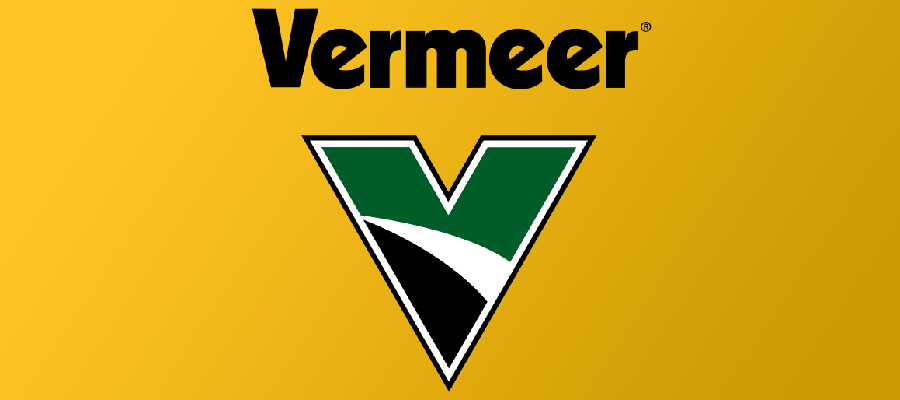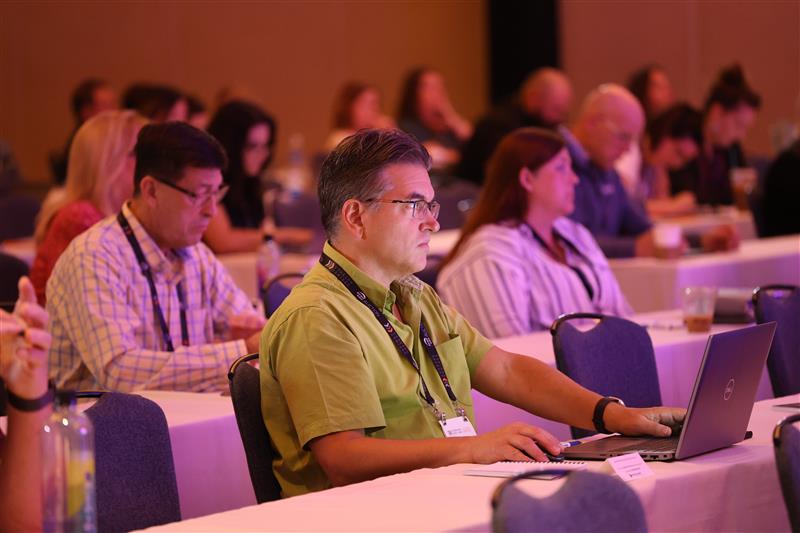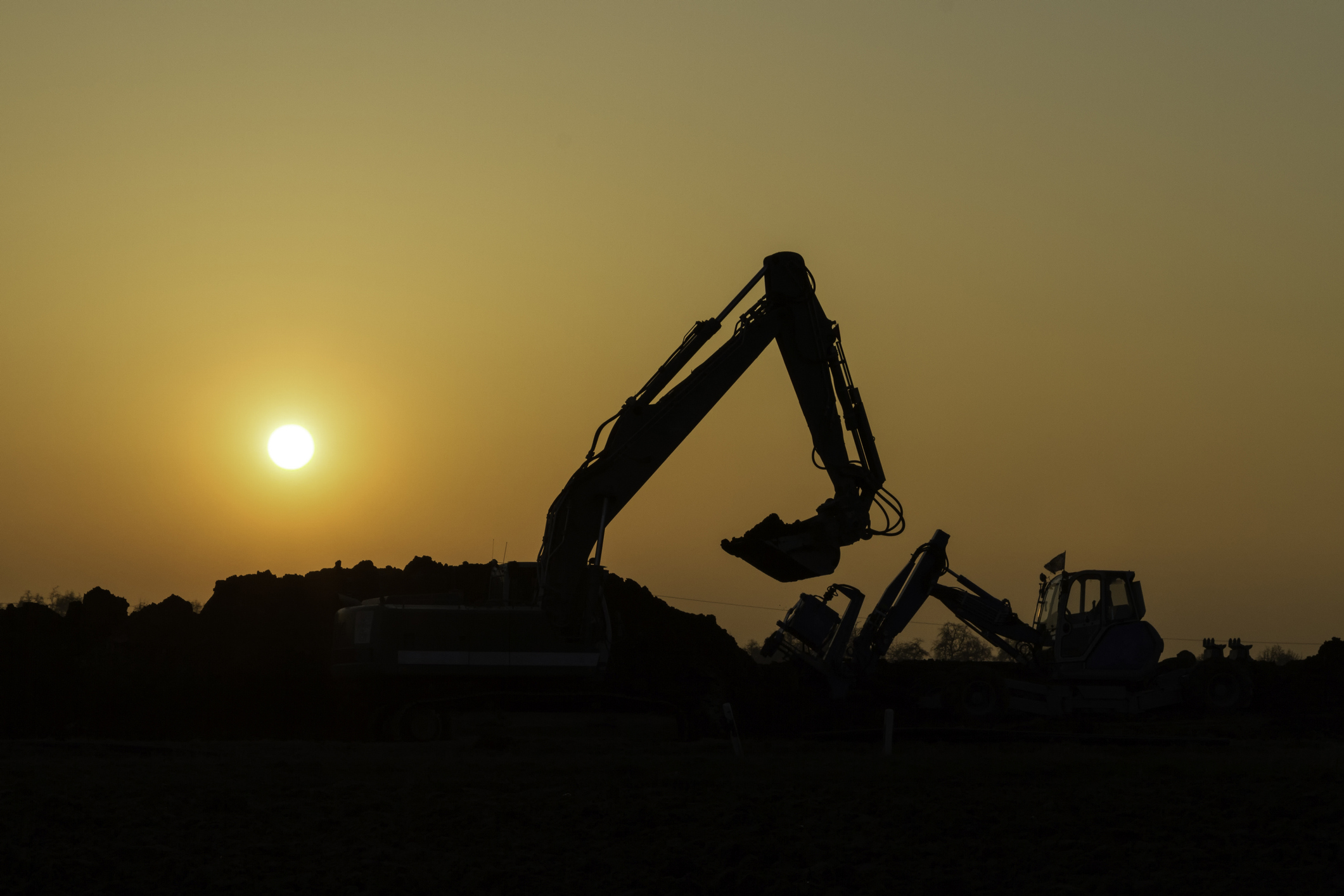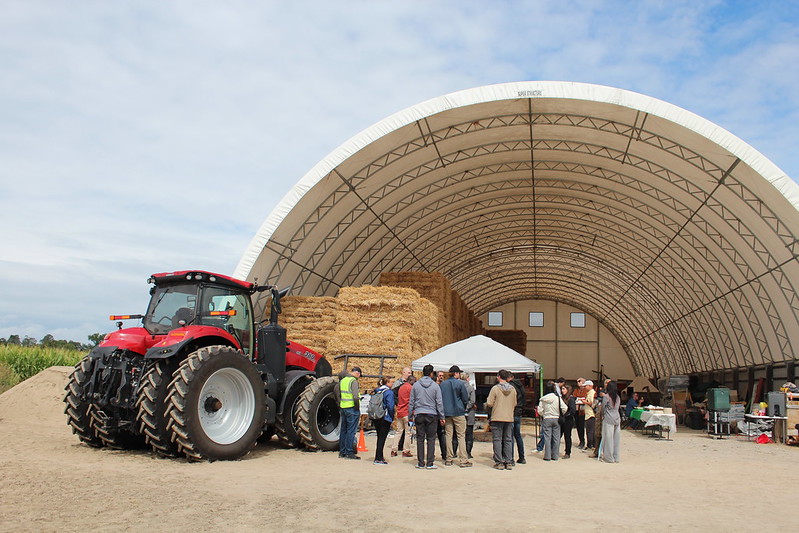Everyone has a role to play in preventing damage to underground utility infrastructure. With that in mind, AEM actively supports the Common Ground Alliance (CGA) and encourages all of its 1,000-plus members to spread awareness of the need to call 811 before any ground engaging projects, personally or professionally.
CGA works “to reduce damages to the underground infrastructure—ensuring public safety, environmental protection, and the integrity of services by promoting effective damage prevention practices.” According to CGA, every few minutes an underground utility line is damaged because someone decided to dig without properly marking and locating the facility.
With 811 Day right around the corner, AEM recently sat down Jim Hurst, product safety engineer at AEM member company Vermeer Corporation, to promote and support safe digging practices nationwide. Hurst and Vermeer participate in AEM’s Safety Materials Review Program to create unified safety messaging for the industries that the association serves.
AEM is proud to support safe digging, advance the cause of worker safety, and continue its mission to produce valuable literature and publications designed to keep equipment operators safe. Learn more.
AEM: What are some notable and prevalent issues happening with equipment end users today that make safe digging practices so important?
Hurst: From Vermeer’s perspective, we want to do our part to keep equipment operators and crews safe. They’re our partners in the industry, so it’s very important to us. We also want to help make sure certain infrastructure is not disturbed – fiber communications, electrical service, and municipality water, to name a few. It’s vital for us all to do what we can to keep those utilities intact.
AEM: Why is it important to collaborate with your peers in the industry and work with associations like AEM to help advance the message of safe digging and promote proper practices?
Hurst: Here at Vermeer, we believe it’s important to have open communication across the industry. Being a part of AEM’s technical committees encourages that communication, as well as helps bring those of us with the same mission together.
AEM: Can you share an anecdote or example that emphasizes the importance of safe digging practices in the field, and the potential consequences that can occur if these practices are not followed?
Hurst: Here’s a good example: I was once with a crew that had a piece of equipment digging in the ground. Unfortunately, they came across, and they damaged, a black cable. Due to the color of the cable, the crew had no choice but to treat it like a worst-case scenario because they weren’t sure what it was at that point. As I watched the leadership of the crew discuss the options they had, the crew members shut down and took safety precautions with the machinery. Honestly, it took hours and several phone calls to get the utility owners in the area to help identify the unmarked lines.
In the end, it wasn’t an electrical strike. It was a coaxial cable strike, and it wasn’t even being used anymore. It was just something in the ground that was abandoned. However, it was great to see everyone at the site take immediate precautions, and it resulted in the least amount of damage possible. More importantly, though, all the proper practices related to safety were followed. And if you don’t follow those, it can result in injury or even extended outages for community members.
AEM: Why does planning play such a significant role in terms of safe digging practices, and how can that help advance the cause for overall safety?
Hurst: Planning is incredibly important. Not only does it ensure safety, but it should be looked at as if things happen that are unexpected, but you have proper planning and proper safety procedures, you are going to revert to that and it’s going to contribute to the safety of the project overall.
Planning each day of the week, having some alternatives in place, and not being complacent really makes all the difference.
AEM: What would you tell other AEM members about why it’s important to advance the cause of safe digging?
Hurst: We all enjoy the benefits of safe digging practices. Government 811 programs that are promoted, Call Before You Dig, things of that nature – all contribute to us having water, having electricity, having fiber internet to our house. We’re all part of the same team, and it all helps everyone to do their job safely and go home at the end of the day to their loved ones.
AEM: How can AEM members help educate themselves on safe digging and become an advocate for overall safety best practices?
Hurst: Start by looking at the associations out there. Obviously, AEM is an example of that. There are educational resources, websites, and events like AEM’s Celebration of Construction on the National Mall all play a role in safety-related education. Taking advantage of those opportunities is always worth your time.
AEM: Anything else to add?
Hurst: We’re very appreciative of the opportunity to be a part of AEM and work with partners and competitors in the industry. We’re all on the same wavelength, and we embrace the same mission to help keep everyone safe. It’s honestly a real pleasure to work with everyone and have that unified goal in mind. I’m grateful to be a part of it.





